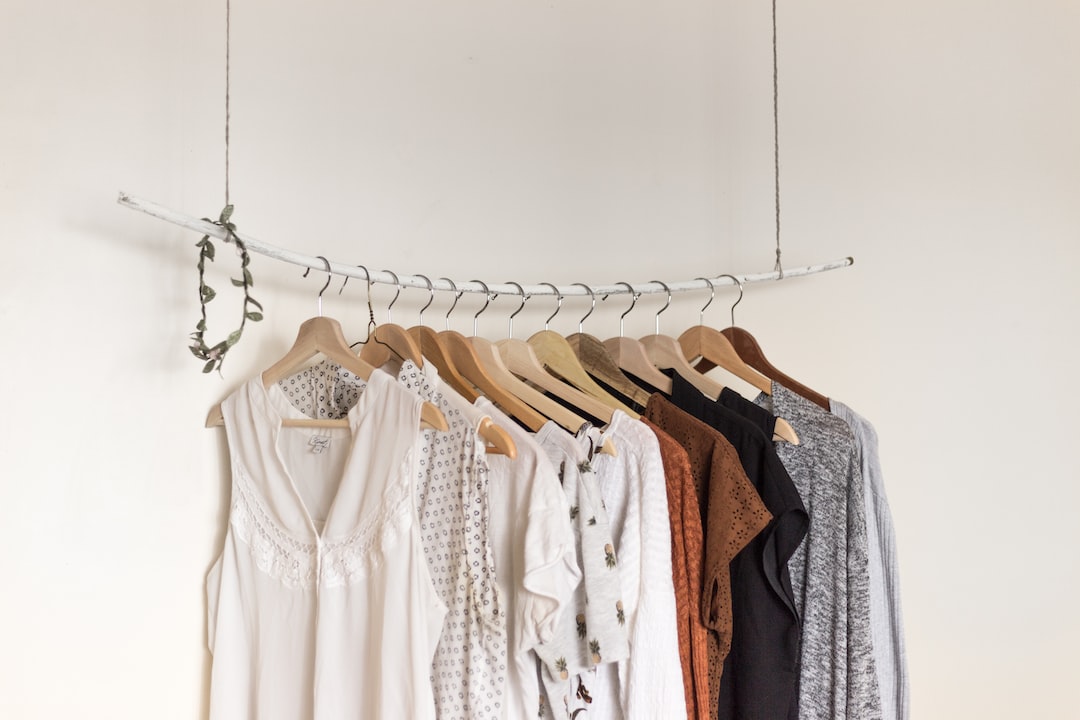Embracing Individuality: Celebrating Diversity in Fashion
Fashion has always been a powerful form of self-expression. From the vibrant colors we choose to the clothes we wear, fashion allows us to showcase our unique personalities and style. In recent years, the fashion industry has taken significant strides in embracing individuality and celebrating diversity. No longer constrained by rigid norms and standards, fashion is becoming more inclusive and representative of the vast array of identities and backgrounds that make up our society.
One of the most significant changes in the fashion industry is the increased representation of diverse body types. Traditionally, mainstream fashion has largely focused on one body type, creating an unattainable standard that alienated many individuals. However, there has been a shift towards inclusivity, with brands featuring models of different shapes and sizes. This movement has had a profound impact on the consumers, as people now feel represented and celebrated, regardless of their body type. Brands like Savage X Fenty, which embrace diversity and promote body positivity, are empowering individuals to love themselves and celebrate their unique beauty.
In addition to body diversity, fashion is also embracing a wide range of ethnicities, cultures, and backgrounds. This is seen in the growing popularity of cultural fashion influences, such as African prints, Indian embroidery, and Native American-inspired designs. By incorporating these elements into mainstream fashion, designers are acknowledging and celebrating the rich cultural heritage of different communities. This not only helps to provide visibility and opportunities for artists and artisans from various backgrounds but also allows individuals to proudly display their heritage through their attire.
Fashion is also pushing the boundaries of gender norms and stereotypes. The rise of gender-fluid fashion has challenged the idea that clothing should be divided into male and female categories. Designers are now creating gender-neutral collections that embrace androgynous silhouettes, allowing individuals to express themselves authentically without societal constraints. This shift is breaking down barriers and creating a more inclusive and diverse fashion landscape.
Another aspect of diversity in fashion is the inclusion of individuals with disabilities. In the past, the fashion industry largely ignored this demographic, but there has been a significant change in recent years. From brands featuring models with prosthetic limbs to adaptive clothing lines designed specifically for individuals with disabilities, fashion is becoming more accessible and accommodating for everyone. This not only promotes inclusivity but also challenges societal norms and perceptions about what is considered beautiful or fashionable.
The celebration of diversity in fashion has been further amplified by the power of social media. Platforms like Instagram have provided a space for individuals to showcase their unique style and gain recognition outside of the traditional fashion industry. This democratization of fashion allows people from all walks of life to be seen and celebrated for their individuality, creating a more inclusive and representative vision of style.
In conclusion, fashion is evolving to become more inclusive, celebrating diversity in all its forms. From embracing different body types, ethnicities, and cultures to challenging gender norms and stereotypes, the industry is breaking free from outdated standards. This newfound acceptance and celebration of individuality are empowering individuals to express themselves freely and authentically. Fashion has the potential to unite us, showcasing the beauty and uniqueness that exists within each of us. As we continue to embrace diversity in fashion, we are not just celebrating the industry’s progress, but we are also embracing a more inclusive and accepting society as a whole.
